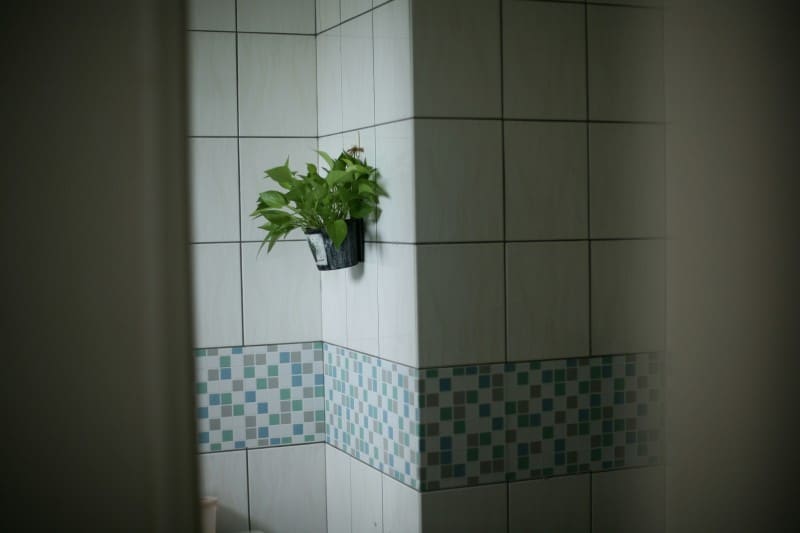Green living is often associated with solar panels, electric cars, and reducing carbon footprints. However, many overlook the opportunities available for sustainable practices right at home, particularly in the bathroom. Yes, even the bathroom can be a ground zero for eco-friendly habits. The truth is, embracing green living in the bathroom is not a daunting task; it’s grounded, practical, and importantly, impactful.
Water Conservation: A Practical Affair
Water is a precious resource, and wasting it is the silent yet obvious culprit in every household. Consider this: conventional toilets use a significant amount of water with each flush. Instead, opting for low-flow showers and toilets can make a huge difference. These systems are designed to conserve water without compromising the functionalities we rely upon daily. Remember, by cutting down on water usage, you contribute significantly to resource preservation.
An overlooked method to curb water wastage is by fixing leaks promptly. A dripping tap might seem trivial, but it can waste gallons of water over time. Regularly checking faucets, pipes, and fixtures ensures prompt handling of any potential leaks. Investing in high-quality fixtures with seals designed for longevity can further aid in this effort, ensuring your bathroom maximizes water efficiency. Consider Cottonwood Plumbing Service to find assistance or advice on maintaining an efficient and leak-free bathroom plumbing system.
Green Cleaning Alternatives
Let’s face it: conventional cleaning products are full of harsh chemicals. This fact isn’t just harmful to the environment but also to you. Everyday bathroom cleaning can easily transition to more earth-friendly alternatives. Ingredients like vinegar, baking soda, and lemon have been stalwarts of sustainable cleaning for years. They pack a punch against dirt and grime without introducing harmful agents into our water systems. Embracing these alternatives not only mandates sustainability but also improves air quality and reduces exposure to toxic substances inside the home.
Beyond these natural products, it’s vital to consider the tools you use. Instead of single-use cleaning cloths, opt for reusable microfiber cloths that can endure numerous washes. They can efficiently trap dirt, offering a thorough cleaning without the need for disposable options. This simple switch reduces waste and underscores a commitment to recyclability.
Sustainable Toiletries and Personal Care
The market is flooded with toiletries crafted in the most eco-conscious manner possible. From bamboo toothbrushes to biodegradable packaging, there’s no shortage of greener alternatives. Switching to bar soaps and shampoos can greatly reduce plastic waste, ensuring your daily routine treads gently on the earth. Make no bones about it: opting for products with fewer fillers and natural ingredients will treat your body better and have a positive environmental impact.
Even further, look for companies that offer refill programs. Many brands are now providing refills for common products like lotions, shower gels, and shampoos. This drastically reduces packaging waste while supporting ongoing consumer demand for environmentally responsible options. In addition, you can support brands that prioritize sustainable harvesting methods for their ingredients, further ensuring a reduced environmental impact.
The Role of Reuse and Recycling
Recycling isn’t a trend – it’s a necessity. The bathroom poses a unique challenge: many are unaware of recyclable materials tucked away. From toothpaste boxes to toilet paper rolls, numerous bathroom staples are recyclable. This small adjustment in habit can greatly reduce the volume of landfill waste we contribute. Moreover, investing in reusable items like washable makeup pads and cloth towels greatly diminishes waste while also promoting responsible living.
A comprehensive recycling habit extends beyond plastics to include electronics and expired cosmetics. Initiate a ‘recycling bin’ in your bathroom to collect items you might normally discard without thinking. Regularly sorting these materials ensures you aren’t contributing more to environmental degradation with each disposal.
Energy-Efficient Lighting Solutions
Lighting can seem trivial, yet its impact on the environment is frequently underestimated. Swapping out incandescent bulbs for LED lights can result in dramatic energy savings. These luminaries provide the same brightness while consuming a fraction of the energy. They also have a far longer lifespan. Thus, over time, they save both money and resources. Adjusting to energy-efficient choices is a powerful step toward lowering one’s carbon footprint.
Consider incorporating motion sensor lighting in your bathroom, minimizing electricity use when the room is unoccupied. This switch is particularly practical for families with children, ensuring lights aren’t left on unnecessarily. Combining LED technology with smart usage strategies like these maximizes energy savings and underscores a commitment to environmentally conscientious living.
Conclusion
Never underestimate the power of small changes. The bathroom, however mundane or routine it may seem, offers bountiful opportunities for adopting a lifestyle infused with sustainability. Water conservation practices, eco-friendly cleaning products, green alternatives in personal care, and energy-efficient lighting act as pillars for sustainable living. As this practice becomes a part of your daily rituals, you contribute significantly to the health of our planet and promote an environmentally responsible lifestyle. A shift to green living can start with simple choices — choices that begin within our homes, particularly in the modest confines of our bathrooms. Let’s commit to making that change. The impact is undeniable.

